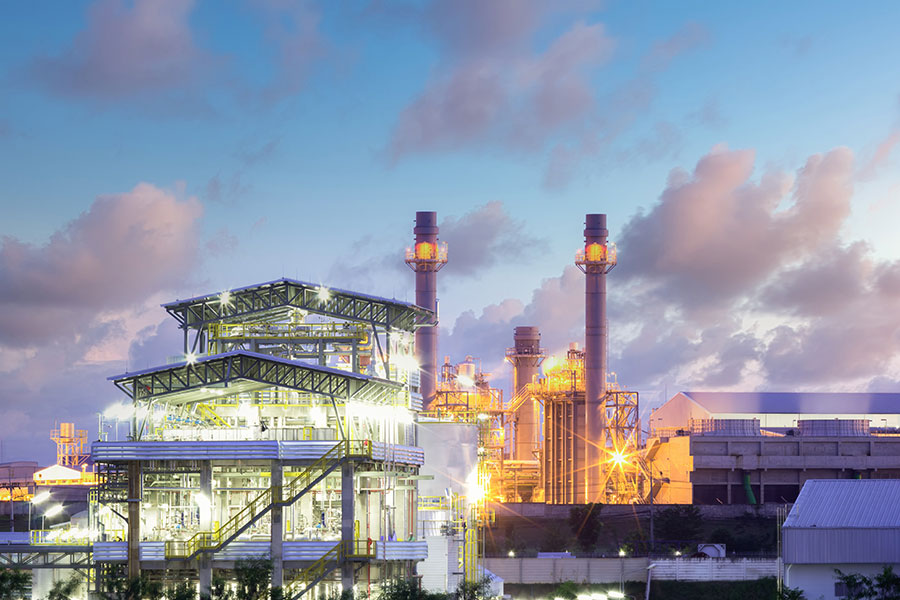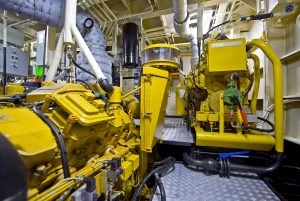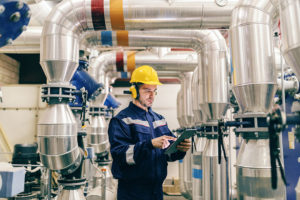Many engineers and specifiers of mechanical insulation (MI) may not be aware that there have been a large number of changes and developments in standards and products in the past 5 years. When issuing project specifications, it is recommended that specifiers know what these changes and developments are so they can revise their MI specifications accordingly. Failure to do so can result in missed opportunities for improved MI performance, specifying obsolete materials or systems, or citing obsolete industry standards. These recent developments can apply to mechanical insulation, jacket, or accessory materials, to MI systems, to MI standards, and design tools. This article will attempt to capture those changes and developments.
Objectives for Using Mechanical Insulation
First, it is useful to review the objectives for using MI, and then also review other goals. The new products and systems must each meet 1 of the objectives, or help the MI system meet at least 1 objective. These objectives are as follows:
- Reduction in Energy UseBy limiting the heat flow to or from a pipe, a duct, or an equipment piece, MI reduces energy use at the source (i.e., boiler, furnace, chiller, etc.). It can also reduce overall energy costs.
- Process ControlBy limiting heat flow to or from a surface, MI allows the designer to limit the rate of heat flow to a known value and thereby control the temperature and pressure of the process fluid (either a liquid or gas). This is often critical to proper functioning of the process.
- Environmental ControlsIncreasingly, designers are trying to achieve certain reductions in greenhouse gas (GHG) emissions. This usually follows the reduction in energy use, but it is not necessary equivalent. With concern over climate change, reduction in GHG emissions is increasingly the primary reason for adding MI.
- Condensation ControlFor below-ambient fluids, condensation control is normally at least 1 of the sought objectives for adding MI. Continuous condensation can, in some instances, be a greater concern than either of the 3 previously mentioned objectives for using MI due to its potential to cause severe damage.
- Personnel ProtectionThis objective normally refers to designing the insulation system to keep surfaces below a particular temperature so they will not burn a person who comes into physical contact with a surface (usually, but not always, 140°F). In some cases, personnel protection is the major reason for adding MI.
- Acoustical PerformanceSeparate from thermal performance, MI can also improve acoustical performance due to its propensity to absorb sound. Noise typically originates from mechanical equipment such as fans, pumps, or compressors. With a good acoustical design, an MI system can reduce that sound below a particular design level.
- Freeze ProtectionThere are instances where MI is required to prevent liquids within pipes from freezing due to the ambient temperature dropping below 32°F. In some applications, freeze protection is a more important objective than reduction in energy use or process control.





